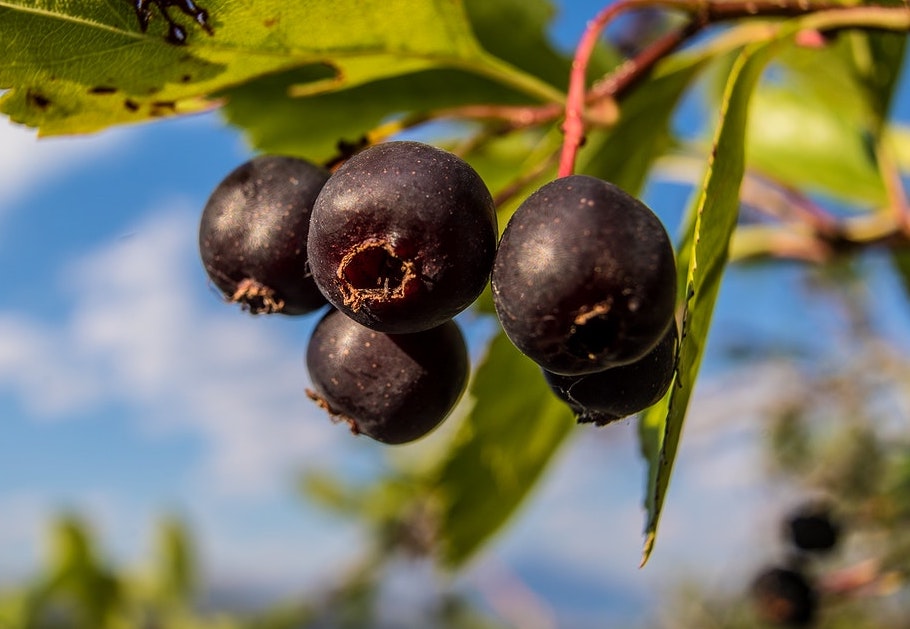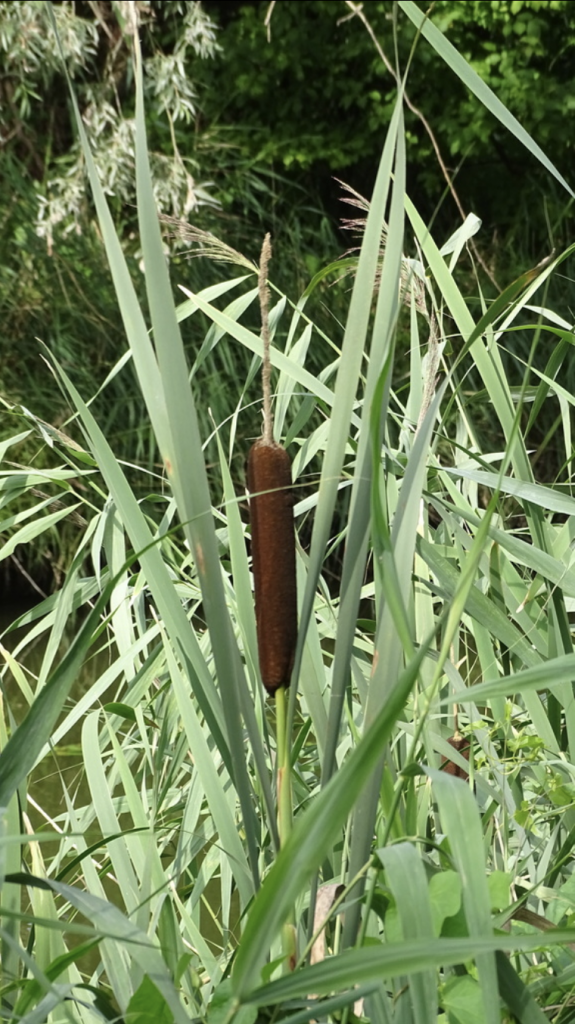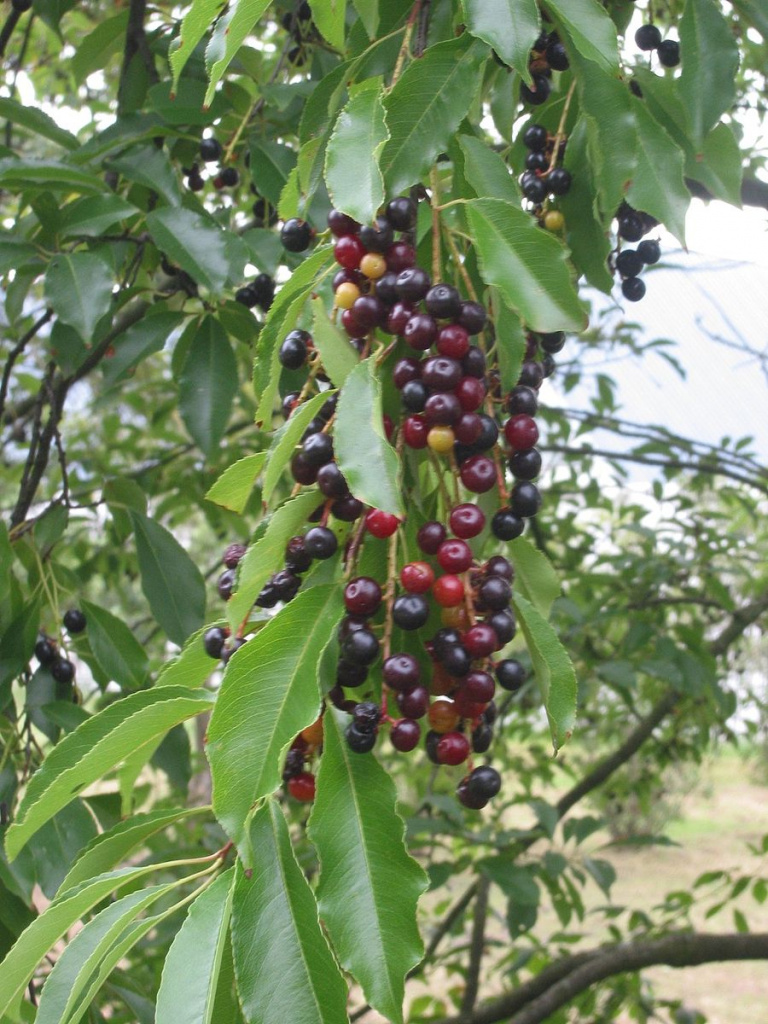Queen of the food forest, this tasty “blueberries-in-a-tree!” favorite is easy to grow, is not too picky about its soil (unlike some plants I know… coughBLUEBERRYahem…), and will give you enough fruit to make pies, muffins, syrups, tarts, and a thousand other delights. SHRUB LAYER Cold hardiness zones: 2 – 7 (can withstand cold to -50° F) Soil PH: 6.0-8.0 […]













